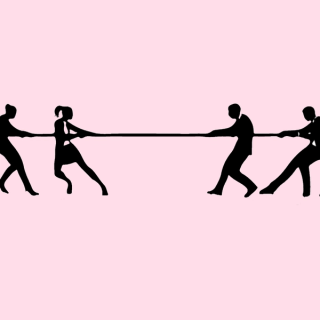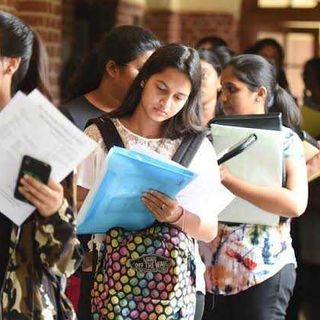You’ve probably heard: Over the past 10 days, as many as 17,000 bird carcasses — of flamingos, cranes and more — have been found along the shores of Rajasthan’s Sambhar Lake. The large inland salt lake is being reported as “the site of Asia’s largest mass mortality of birds.”
Theories range from avian botulism to salt poisoning (from either unusually heavy rains or increased salt mining) to mass starvation. But there’s a more important theory at stake here: that the apocalypse starts with birds and we’re all going to die next. Probably in some bird-related way.
I talk about the End Days a lot, I know. But the idea that the end of the world starts with birds isn’t just a pet theory of mine. It was first predicted by literary goddess Daphne du Maurier and preached to the masses by her prophet, Alfred Hitchcock. In the 56 years since his film, The Birds, came out, we have been lulled into a false sense of security — we have written it off as merely an iconic horror story instead of the biblical Adapted Screenplay of Revelation it really is.
On the surface, the real-life event and the pop culture prediction seem very different — birds tragically dying on the shores of their home versus killer birds attempting to peck out human eyes. But as His Holiness, the High Priest of the Avian Apocalypse, said in a 1962 interview: “The plot is as follows: birds are tired of being killed, plucked and eaten by mankind, so they decide to avenge themselves. One day, they group together and swoop down on the people’s towns and villages.”
The world may be slowly moving more toward veg diets, but the human assault on the avian species has not stopped. Whether the cause of these 17,000 bird deaths is botulism, salt poisoning, or starvation, it’s rooted in climate change brought about by human activity. Climate change is expected to spread zoonotic infections (like, say, avian botulism) to new areas, animals and species. Climate change is causing water resources to dry up, prompting farmers in the area to turn to illegal salt mining, which over-salinates lake environments like Sambhar. Climate change has also caused the lake, which once spanned 230 km, to shrink to a mere 7 km, decreasing the surrounding habitat — and thus the food available to birds — by 30-fold.
Related on The Swaddle:
Closeness to Climate Change and Pollution Can Cause Distress, Environmental Grief
Whether these 17,000 birds are really dead (or whether they just pretending to lure us into a false sense of security; birds are wily), this is a clear warning shot over the bow. As a species, humans are pretty adept at ignoring the threat climate change poses. But we’d do well not to ignore the birds. In the Adapted Screenplay of Revelation, an elderly ornithologist makes that very mistake: “I would hardly think that either species would have sufficient intelligence to launch a massed attack. Their brain pans are not big enough… Birds are not aggressive creatures, Miss. They bring beauty into the world.” And look how that turned out.
Birds are aggressive — 557 species of birds of prey exist. And they’re smart af. Crows, particularly, can recognize faces (I KNOW) and make and use tools. And in 2011, it was reported that urban-dwelling birds — in the thick of humanity’s assault on climate and habitat — have developed bigger brains than their rural peers. In other words, with our collective human history of climate change disregard and/or outright denial, it’s entirely possible that birds might be smarter than us right now.
In conclusion: this massive bird-death event (or faked deaths? Birds are wily!!) is the first stage of the Feathered End Times; the next stage proceeds thusly: attacks with beak and claw, led by the ones who are left (probably the crows, those uber-cockroaches of the sky).
And we’ll maybe have deserved it?




